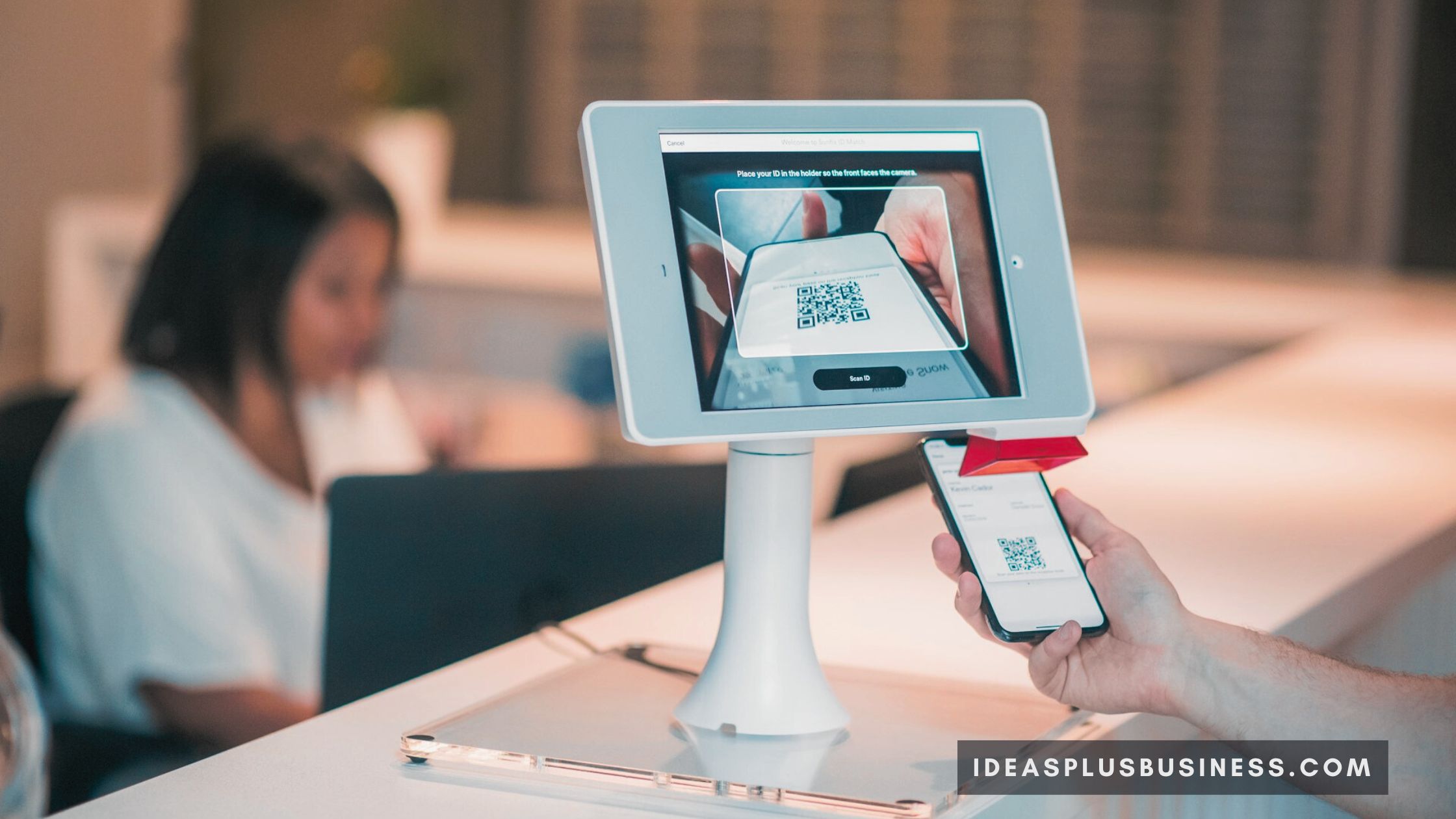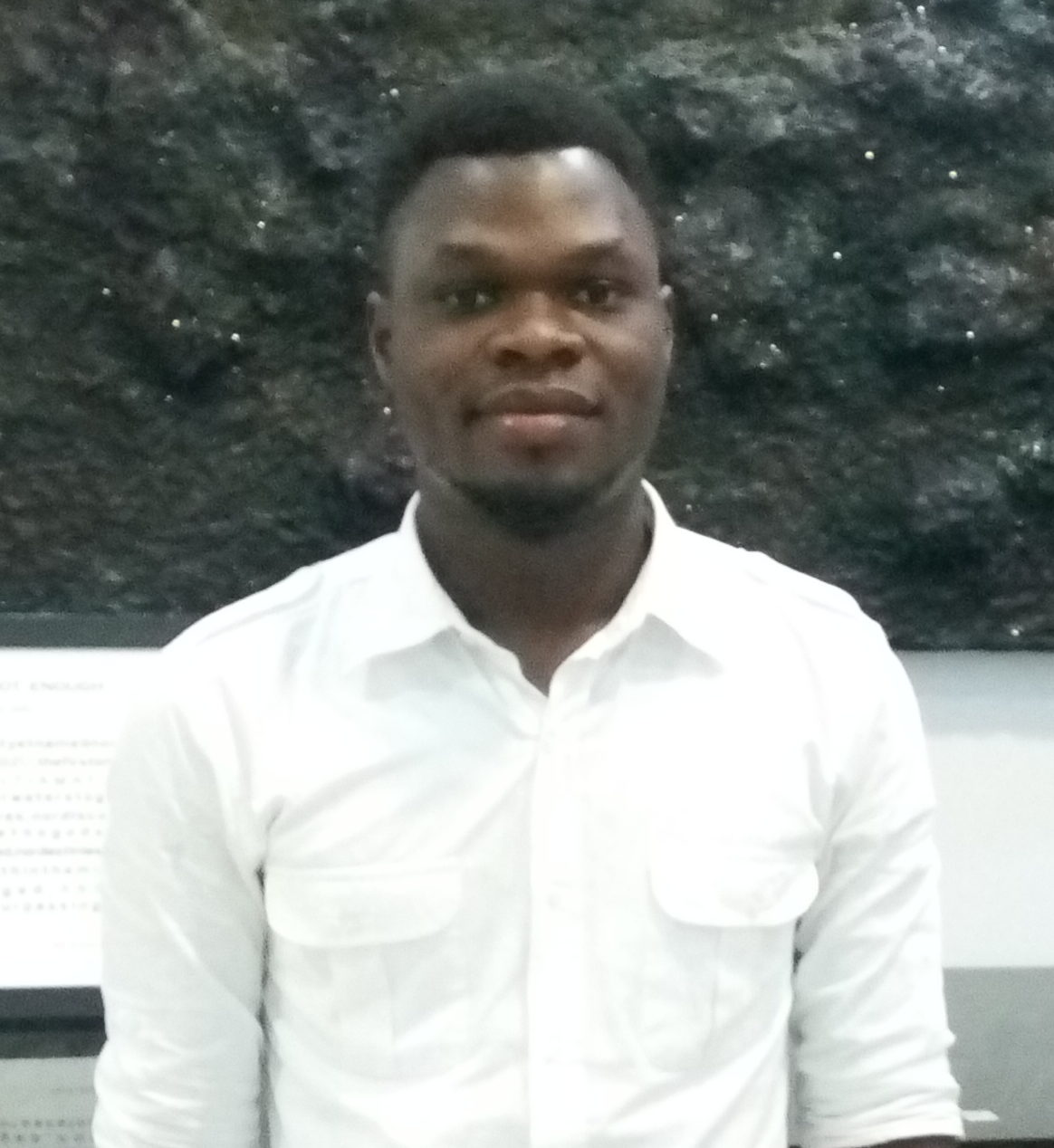Businesses are always seeking innovative ways to enhance the customer experience and streamline their operations, and the use of virtual receptionists is at the forefront of this trend.
As businesses adapt to the current digital landscape, virtual receptionists are increasingly being seen as the future of front desk operations. This article will look at the advantages of virtual receptionist services and why they are becoming an invaluable asset for businesses of all sizes.
What Are Virtual Receptionists?
Receptionists are traditionally the first point of contact in most businesses, handling calls, greeting visitors, and performing everyday administrative tasks.
However, as more and more businesses move away from conventional brick-and-mortar office setups and towards digital sales and service environments, the need for a physical receptionist is gradually diminishing. Enter virtual receptionists: an innovative solution that leverages advanced technologies to handle front desk operations remotely.
There are several types of virtual receptionists. Some are software applications powered by artificial intelligence (AI) and machine learning, while others are remote human operators equipped with sophisticated communication tools.
AI-based virtual receptionists use voice recognition and natural language processing to interact with callers and website visitors. They can be taught to answer frequently asked questions, route calls to the appropriate departments, and take messages.
On the other hand, human-based virtual receptionists are real people who work remotely, using internet telephony and online platforms to perform receptionist duties. They can handle more complex tasks like answering calls, scheduling appointments, providing information, and dealing with customer complaints or inquiries.
Human-based virtual receptionists offer a more empathetic touch and the ability to respond to diverse situations that AI-powered virtual receptionists may not be able to handle.

What Are the Benefits of Virtual Receptionists?
Here are some of the benefits of using virtual receptionists in your business:
1. 24/7 Availability
A standout benefit of virtual receptionists is their ability to provide continuous service 24 hours a day, seven days a week. This ensures that customer inquiries—whether through phone calls, emails, or live chat—are addressed promptly, regardless of the time or day.
This round-the-clock availability is crucial for capturing leads and providing support outside of standard business hours, thereby enhancing customer satisfaction and potentially increasing business opportunities.
2. Improved Efficiency and Productivity
Virtual receptionists automate routine tasks like answering calls, scheduling appointments, and managing emails. This automation not only ensures efficiency in handling these tasks but also reduces the burden of administrative tasks on other office employees.
As a result, said employees can focus on more critical responsibilities that benefit from human intervention and creativity, leading to increased productivity and overall business efficiency.
3. Consistency in Customer Service
Virtual receptionists provide consistent, reliable responses to customer inquiries, ensuring that every customer receives the same level of quality service.
Unlike human receptionists, who may have variations in performance due to factors like fatigue or mood, virtual receptionists can offer a steady and predictable level of service. This consistency is key to maintaining a professional image and building trust with customers.
4. Cost Savings
Virtual receptionists offer significant cost savings compared to traditional, in-house reception staff. Businesses can save on expenses related to office space, such as property rental, equipment upkeep, and utility bills.
Moreover, costs associated with recruitment, training, salaries, and benefits are also reduced. This cost-effectiveness is especially helpful for small and medium-sized enterprises or those looking to improve service standards without blowing the company budget.
5. Scalability
As businesses grow, their needs change, particularly in terms of customer service demand. Virtual receptionists offer a scalable solution that can easily adapt to increased call volumes or expanding service requirements.
This scalability means that businesses do not have to constantly hire additional staff or invest in more extensive infrastructure as they grow, making virtual receptionists an adaptable solution for businesses in various stages of growth.
6. Data Collection and Insights
AI-powered virtual receptionists are capable of collecting and analyzing data from their interactions with customers. This data can provide important insights like customer preferences, common issues, and peak call times.
Businesses can use this information to improve their services, tailor their marketing strategies, and make informed decisions about product development and customer service policies. This data-driven approach can lead to more successful business strategies and improved customer experiences.

How does a virtual receptionist work?
Virtual receptionists can work in two main ways:
1. Using software
- This is a more automated approach, where software directs and handles calls based on pre-programmed rules and menus.
- Callers hear a professional greeting and follow prompts to choose options like leaving a message, connecting to specific departments, or scheduling appointments.
- Some advanced software can even understand natural language and route calls accordingly.
- This option is typically more affordable but lacks the personal touch of a human receptionist.
Here’s a breakdown of the typical workflow when using software:
- The caller dials your business number.
- The software answers and plays a greeting.
- Caller chooses an option from a menu (e.g., press 1 for sales, press 2 for support).
- The software routes the call based on the chosen option.
- If directed to voicemail, the caller can leave a message.
- If routed to a department, the software might announce the wait time or play hold music.
- If connected to a person, the software might announce the caller’s name and reason for calling.
2. With live receptionists
- This approach involves real people working remotely in call centers or home offices.
- They answer calls, screen callers based on your instructions, and handle tasks like:
– Taking messages
– Forwarding calls to the appropriate person or department
– Scheduling appointments
– Answering basic questions
– Providing information about your business
- This option offers a more personal and flexible experience but is generally more expensive than software-based solutions.
Here’s a breakdown of the typical workflow with live receptionists:
- The caller dials your business number.
- A live receptionist answers the call with a professional greeting.
- The receptionist identifies the caller and asks their reason for calling.
- The receptionist handles the call based on your instructions:
– Taking a message and forwarding it to you or the appropriate person.
– Transferring the call directly to a specific team member.
– Answering basic questions about your business.
– Scheduling appointments (if the service offers this feature).
Some virtual receptionist services offer additional features like:
- Bilingual receptionists.
- 24/7 availability.
- Integration with your CRM or other software.
- Reporting and analytics.

How much does a virtual receptionist cost?
The cost of a virtual receptionist service can vary widely, depending on several factors:
Pricing models:
- Per-minute: This is the most common pricing model of virtual receptionist services, with costs ranging from $1 to $3 per minute. You’ll be charged for the actual time your receptionist spends on calls.
- Package plans: These plans offer a set number of minutes per month, typically ranging from 50 to 500 minutes. This can be more cost-effective if you have a predictable call volume.
- Hourly: Some virtual receptionist service providers charge by the hour, with rates starting around $25 per hour.
Here’s a general range of what you can expect to pay:
- Basic plan with live answering: $25-$150 per month.
- Standard plan with additional features: $150-$500 per month.
- Premium plan with advanced features: $500-$3,000 per month
It is important to carefully consider your needs and budget before choosing a virtual receptionist service for your business.
What to Consider When Hiring a Virtual Receptionist
When hiring a virtual receptionist, look for a solution that can be tailored to suit your specific business needs. The technology should be user-friendly and integrate seamlessly with your existing communication systems.
Additionally, understand the full scope of services offered and any limitations, ensuring the virtual receptionist can handle various tasks, such as appointment scheduling, lead capture, and customer support.
Equally important are the quality and reliability of the service. Read reviews to gather feedback from previous and current customers of these companies. For AI-driven receptionists, assess speech recognition accuracy and response quality. If human operators are involved, consider their professionalism and language skills.
Pay close attention to data security and privacy compliance, especially if handling sensitive information. Finally, evaluate the cost-effectiveness and contract terms.

Conclusion
Virtual receptionists represent a significant leap forward in how businesses manage their front-end operations and interact with their customers. By offering cost-effective, efficient, and scalable solutions, they are becoming an integral part of business operations across a range of industries.
If you are interested in streamlining your customer service processes and improving customer satisfaction, a virtual receptionist service may just be the ticket to achieving those goals.

I am Adeyemi Adetilewa, an SEO Specialist helping online businesses grow through content creation and proven SEO strategies. Proficient in WordPress CMS, Technical Site Audits, Search Engine Optimization, Keyword Research, and Technical Writing (Portfolio).
I help brands share unique and impactful stories through the use of public relations, advertising, and online marketing. My work has been featured in the Huffington Post, Thrive Global, Addicted2Success, Hackernoon, The Good Men Project, and other publications.

